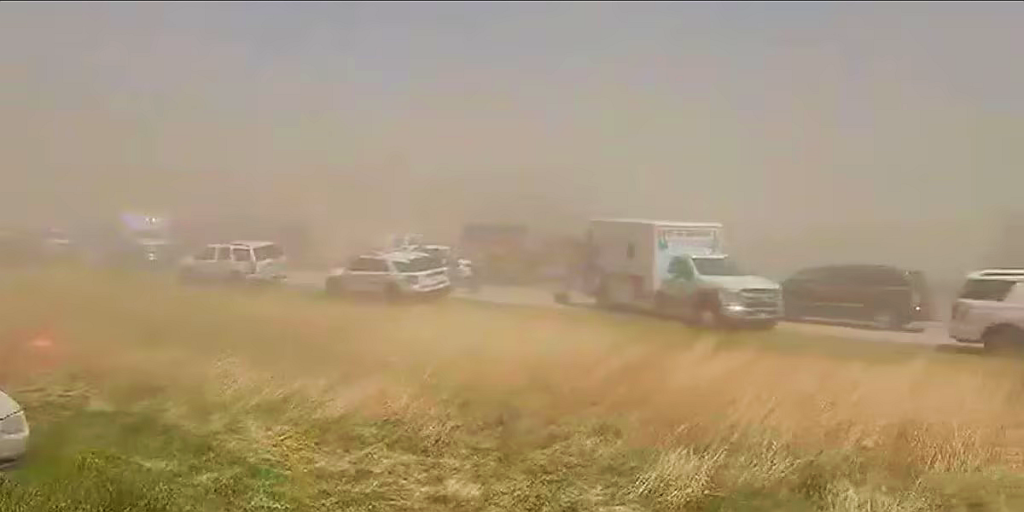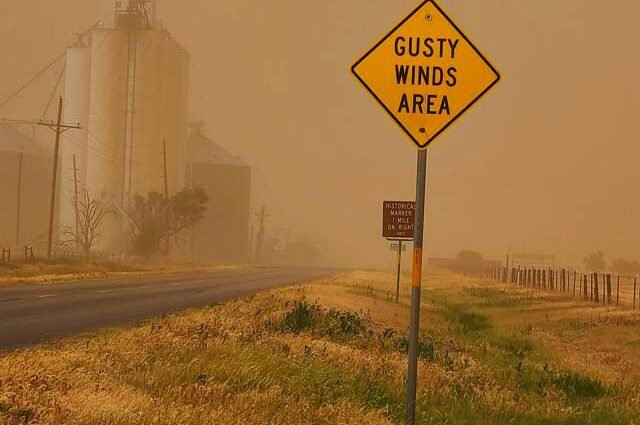Dust storms are often caused by high winds blowing through arid areas with no plant cover. The wind strafes the earth, breaking up the covering of dust on top and lifting the light, small dust particles into the air. The dust and wind eventually combine to form massive clouds that drift across the countryside.

Farming activities such as tilling, which includes removing vegetation and breaking up land to expose the soil to moisture and air, can contribute to these storms. Tilling breaks down the connections that hold soil together. If rain does not fall, the soil turns to dust, making it vulnerable to powerful winds.
Dust storms primarily harm drivers by making visibility difficult, but dust can also reduce tire grip on the road, causing automobiles to spin out of control. Aside from highway deaths, dust storms aggravate asthma and injure the lungs.

According to a 2020 study, dust storms have more than quadrupled in the previous two decades, owing to increased agricultural and worsening climate change. Droughts are becoming more frequent and severe, raising the danger of land drying up and becoming vulnerable to dust storms. In fact dust storm fatalities were “comparable to some well-covered natural disasters like hurricanes, tornadoes and wildfires.”
One answer would be to minimize the quantity of agricultural land used: this might be done by lowering consumption, lowering production, or increasing production in a smaller space.

Other conventional solutions include farming without tilling the ground (which requires other interventions such as fertilizer to prepare the soil) or planting ‘cover crops’ such as rye and barley, which hold the soil together between harvests and planting.
Reference- National Geographic, NOAA, Dept. of Atmospheric Science- Cornell University






